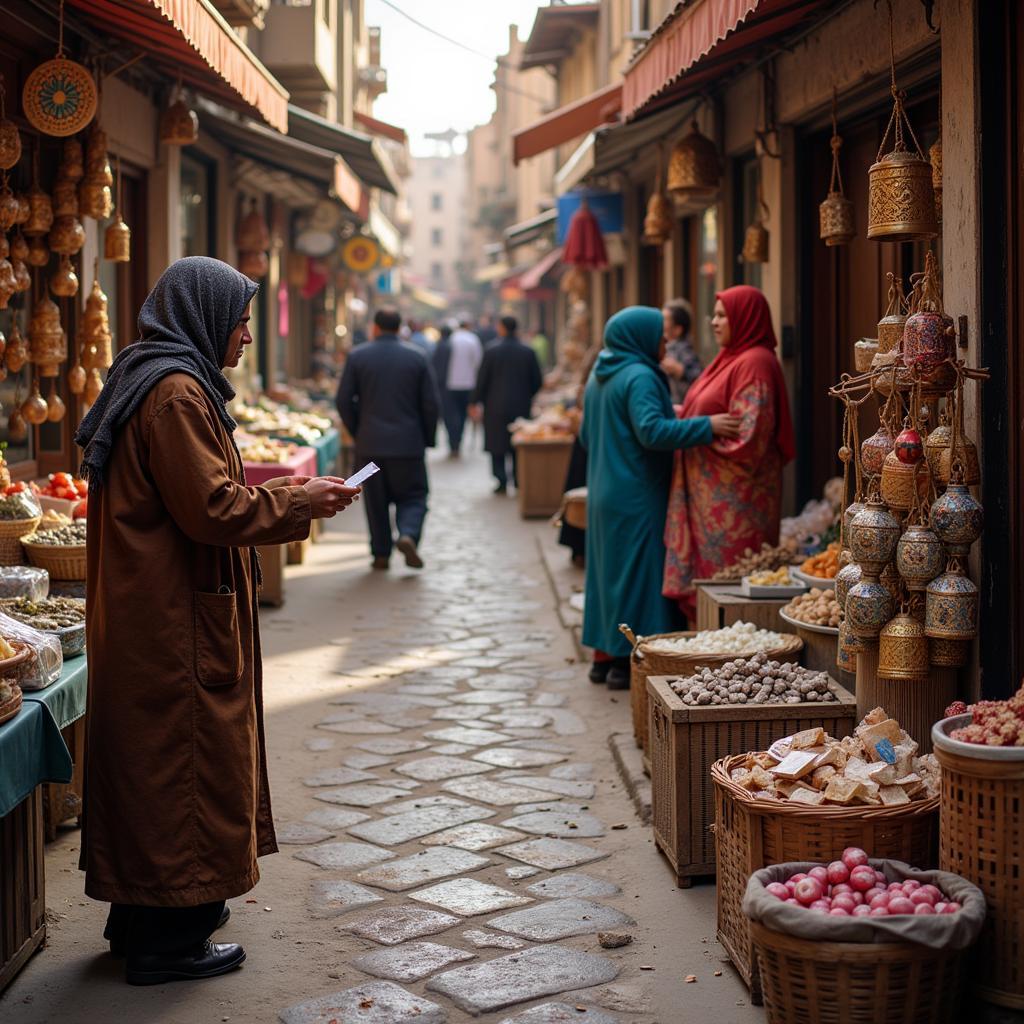Exploring the Cultural Significance of the African Breast Dance
The African Breast Dance, a powerful and often misunderstood form of expression, holds deep cultural significance across various communities throughout the continent. It’s more than just a dance; it’s a language, a ritual, and a celebration of womanhood, fertility, and community bonds. This article will delve into the rich history, diverse interpretations, and evolving role of the African breast dance.
Unraveling the Myths and Misconceptions Surrounding the African Breast Dance
The Western world often misinterprets the African breast dance, viewing it through a lens of sexualization. However, this perspective drastically oversimplifies a complex cultural practice. In many African traditions, the breasts are celebrated as symbols of life, nourishment, and motherhood. The dance itself is often performed during rites of passage, celebrations of harvest, or ceremonies honoring ancestors. It is a powerful expression of femininity and community connection, far removed from the sexualized connotations often imposed upon it.
 African Women Performing a Traditional Breast Dance During a Cultural Ceremony
African Women Performing a Traditional Breast Dance During a Cultural Ceremony
The movements involved in the African breast dance are often intricate and symbolic, varying from gentle swaying and rhythmic bouncing to more vigorous shaking and undulating motions. These movements, combined with the accompanying music and chanting, create a mesmerizing spectacle that transcends mere entertainment. They are a form of storytelling, a way to connect with the spiritual realm, and a celebration of the female form in all its power and glory.
The African Breast Dance: A Celebration of Womanhood and Fertility
Across numerous African cultures, the breast dance is intrinsically linked to fertility rituals and celebrations of womanhood. It is often performed by young women entering adulthood, marking their transition into motherhood and their ability to nurture and sustain life. The dance can also be a prayer for fertility, invoking ancestral blessings for a bountiful harvest and the continuation of the lineage.
It’s important to understand that within these cultural contexts, the exposure of breasts is not viewed as inherently sexual. Instead, it represents the life-giving power of the female body, a sacred connection to the earth, and the cyclical nature of birth, life, and renewal.
The Evolving Role of the African Breast Dance in Modern Society
Like many traditional practices, the African breast dance faces challenges in a rapidly changing world. Globalization and the influence of Western culture have led to misunderstandings and, in some cases, the suppression of this ancient tradition. However, many communities are actively working to preserve and revitalize the African breast dance, recognizing its importance as a cultural heritage and a powerful expression of female identity.
There’s also a growing movement to educate outsiders about the true meaning and significance of the African breast dance, challenging stereotypes and promoting cultural understanding. This includes engaging in dialogues, sharing accurate information, and showcasing the dance in respectful and culturally sensitive ways.
Conclusion: Appreciating the Rich Tapestry of the African Breast Dance
The African breast dance is a testament to the diversity and richness of African cultures. It is a dance of life, a celebration of womanhood, and a powerful expression of community and spirituality. By understanding its true meaning and significance, we can appreciate the deep cultural heritage it represents and contribute to its preservation for generations to come. Exploring this dance offers a glimpse into the heart of African traditions and the enduring power of cultural expression. Remember the cultural significance of the African breast dance.
FAQ
-
Is the African breast dance always related to fertility? Not always, but it is a common theme. It can also be performed during other celebrations and rituals.
-
Why are breasts exposed during the dance? In many African cultures, breasts are symbols of life and nourishment, not necessarily sexuality.
-
Is the dance performed by all African women? No, it varies depending on the specific culture and tradition.
-
Is the dance being lost due to modernization? While it faces challenges, many are working to preserve and revitalize it.
-
What is the significance of the accompanying music? The music enhances the storytelling and emotional power of the dance.
Suggested Readings:
- african bulky lady having biig boos performing her breast dance
- african big black ladies big ass hot
- african continent trade requirements
Further Questions?
Explore related articles on our website for deeper insights into African culture, such as south african rupees in india and african g video.
Need assistance? Contact us 24/7:
Phone: +255768904061
Email: kaka.mag@gmail.com
Address: Mbarali DC Mawindi, Kangaga, Tanzania.



